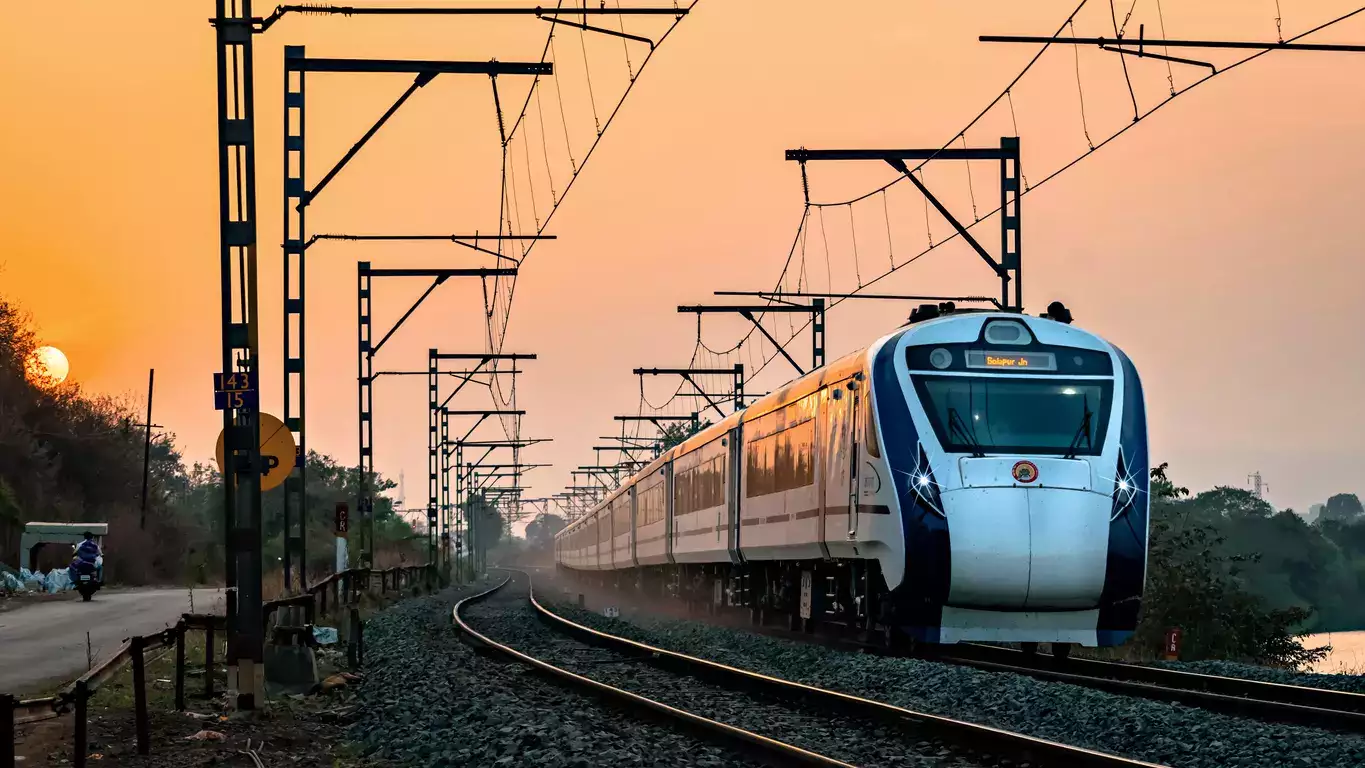The Push for Lower Fares and Increased Occupancy
A recent report by the Committee on Public Accounts has brought to light the pressing need for Indian Railways to consider lowering fares to enhance occupancy rates and, consequently, boost revenue. The report highlighted the issues arising from dynamic pricing, which has not only led to significant revenue losses, particularly for services like Suvidha Express, but also diminished the attractiveness of rail travel compared to airlines.
Key Recommendations for Fare Rationalization
The Committee made several strategic recommendations aimed at fare rationalization. These include:
- Fare Rationalisation: Adopting a more flexible fare structure that appeals to a wider range of passengers and enhances their travel options.
- Price Reviews: Regular evaluations of pricing strategies to ensure rail travel remains appealing compared to air travel.
- Artificial Intelligence: Utilizing AI tools to analyze and optimize seat demand effectively.
- Utilization Studies: Conducting frequent studies on train utilization to inform decisions better.
Improving Occupancy Through Lower Prices
Before rolling out new train services, it is essential for Indian Railways to assess the groundwork thoroughly, which includes considering how lowering prices can lead to higher occupancy levels. This proactive approach would be critical in maximizing the utilization of available berths. Such strategic pricing could be instrumental for the Suvidha Express, which has been scrutinized for its revenue management issues.
Fostering Sustainable Revenue Growth
Between 2016 and 2021, the dynamic pricing of Suvidha Express trains was identified as a key culprit for revenue losses and underutilization of seats, costing approximately INR 80.74 crore. The Ministry’s initial response indicated that actual earnings exceeded projected potential revenues by INR 7.9 crore during this period, refuting claims of significant revenue losses. However, this perspective did not satisfy the Committee’s inquiries regarding revenue management practices.
Passenger Experience at the Forefront
Fresh perspectives suggest that significantly high fares could deter potential passengers from choosing rail travel over air options. The critical message from the Committee resonates with the idea that Indian Railways cannot afford to be selective with its customer base. Irrespective of seasonal variations, they must strive for a fair pricing model that keeps rail travel accessible and affordable.
Given the observed low occupancy rates in sleeper classes (2A and 3A) during earlier years, the report dismissed the Ministry’s justification about occupancy variances tied to seasonal factors like holidays and festivals. Such findings leverage the point that rail occupancy can be reflective of competitive advantages over air travel.
Response Strategies by the Railway Ministry
Acting swiftly, the Ministry has pledged to revisit occupancy rates and restructure passenger fares more regularly. Some introduced measures include discounted pricing schemes and identifying sections where lower fares could cater to lesser-operated AC-class services. Continuous alignment with the Committee’s suggestions is considered vital for maintaining operational feasibility within the rail system.
Innovative Solutions to Increase Berth Utilization
The Committee explicitly recommended implementing a distinct pricing mechanism for preferred berths and adopting AI models for real-time seat demand optimization. Knowing how much demand varies, adjusting seat allocation could prompt better occupancy rates fundamentally.
The Role of AI in Optimizing Rail Services
Leveraging artificial intelligence could mean a massive leap for Indian Railways in understanding consumer behavior and aligning services appropriately to increase train usage. Through enhanced data analytics, the adaptability concerning pricing and bookings becomes viable, furthering passenger options and satisfaction.
Conclusion: The Path Forward for Indian Railways
To summarize, the increasing occupancy and revenue for Indian Railways can hinge on strategically lowering ticket costs, enhancing value for passengers, and boosting overall satisfaction. While external factors can influence travel decisions, the focus on rational fare adjustments and localization of services will contribute to long-lasting improvements. As travelers navigate through their individual journeys, the platform of GetTransfer.com serves as an excellent facilitator for booking personalized services. Travelers can access a variety of transfers seamlessly, selecting their preferred vehicle types with complete transparency concerning details like make, model, and ratings. This dedication to offering more options is especially beneficial for those weighing their travel choices and planning ahead.
Even the most well-researched recommendations come alive only through real-life experiences, indicating that the best way to gauge improvements is to immerse oneself in them. Through GetTransfer, a multitude of options awaits those wishing to hire a car with a driver from verified providers at competitive prices, yielding a wealth of information to make bold travel decisions. Consider the convenience and affordability GetTransfer offers, wrapped in transparency and enhanced choices, ensuring your journey is tailored to meet your specific needs. Book your ride with GetTransfer.com.


Comments